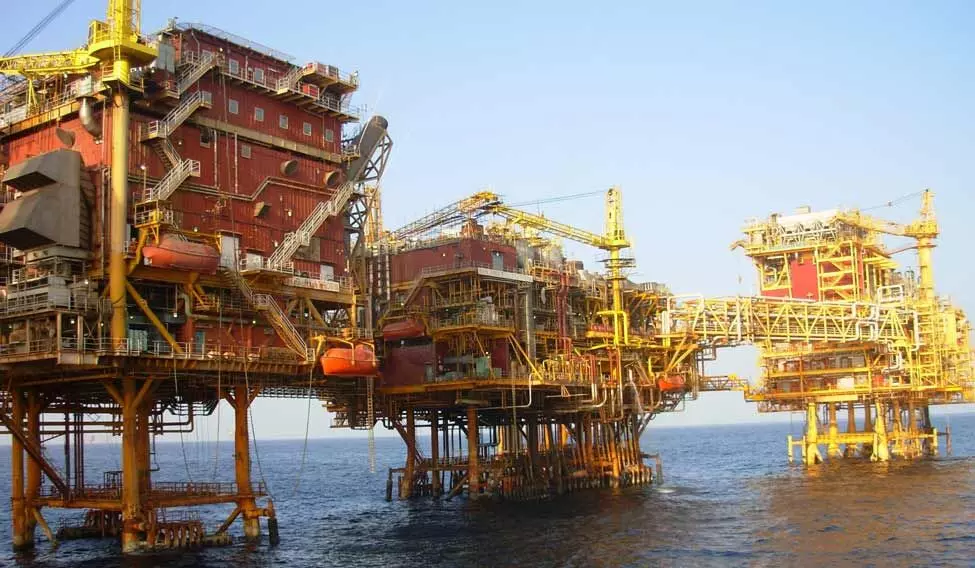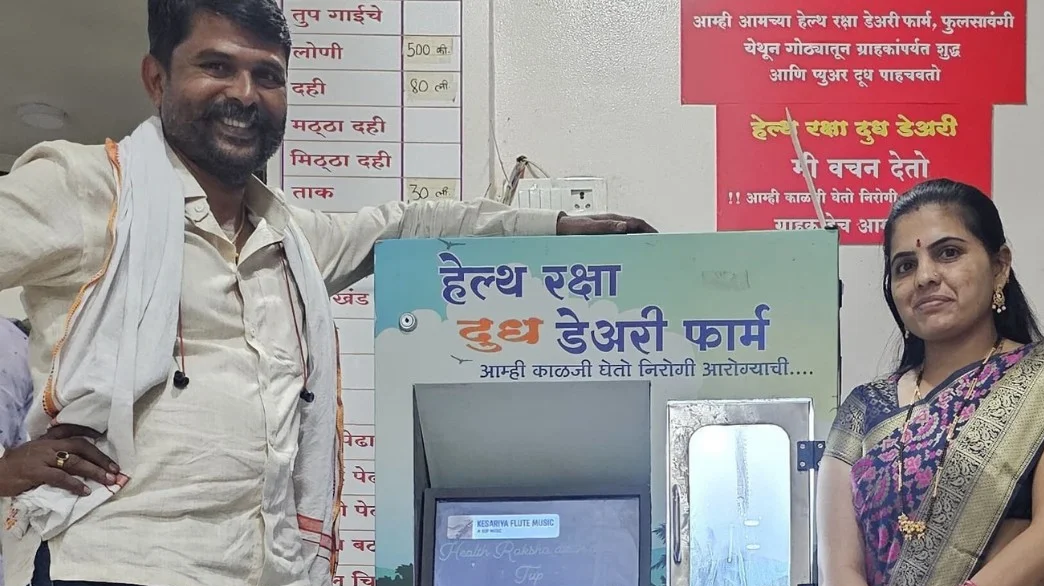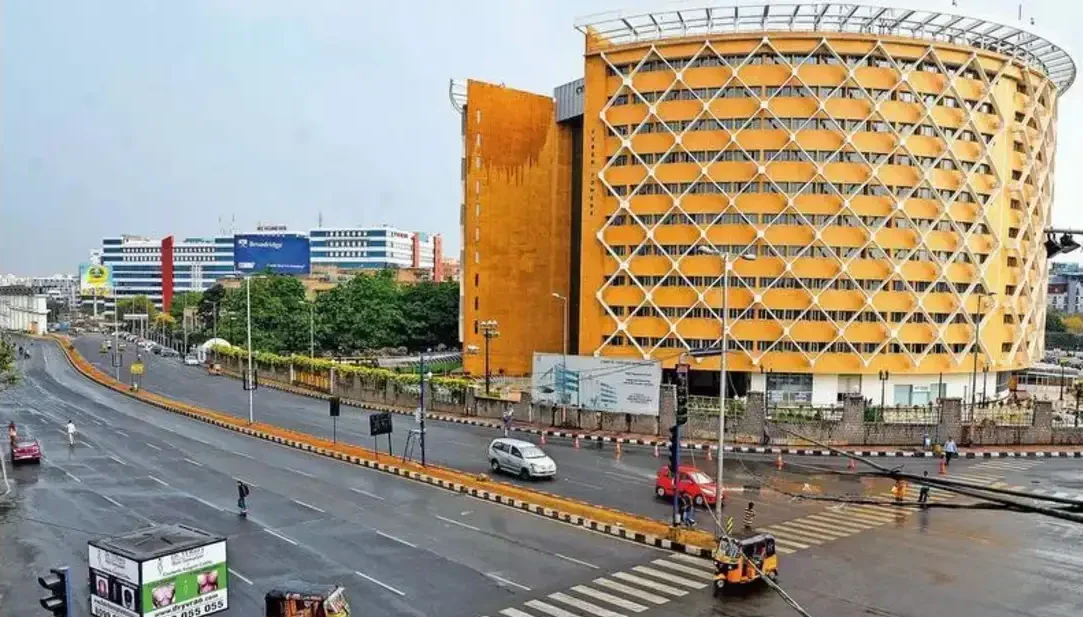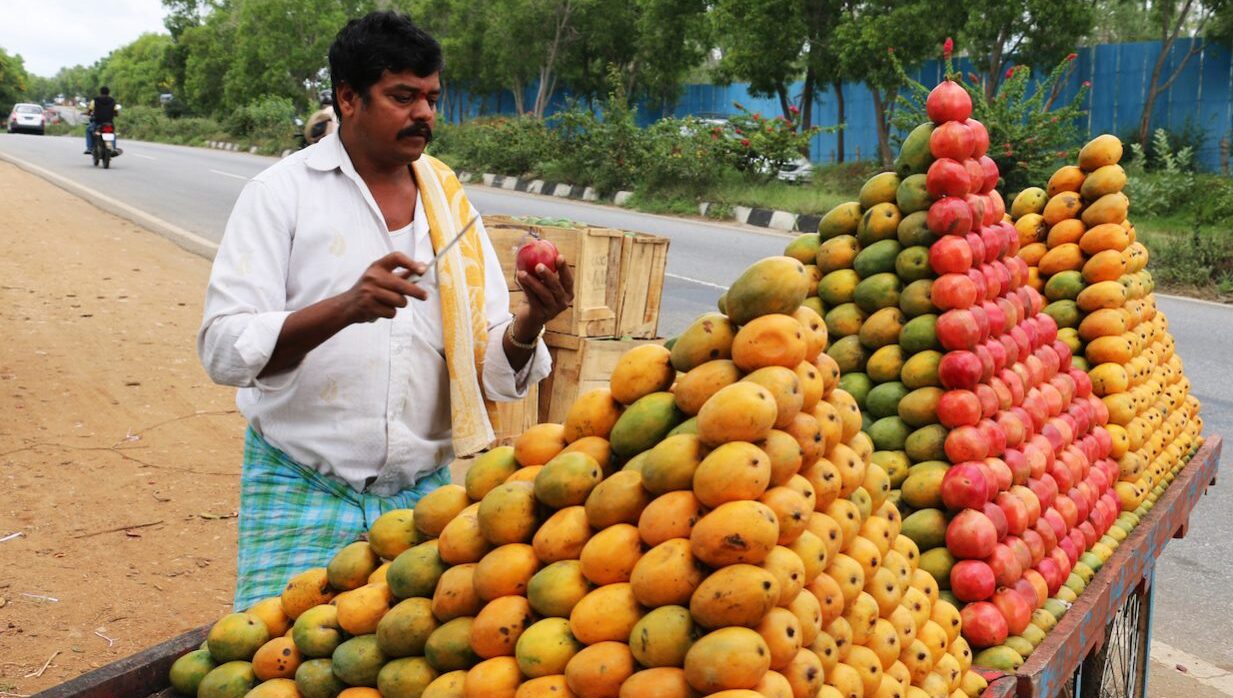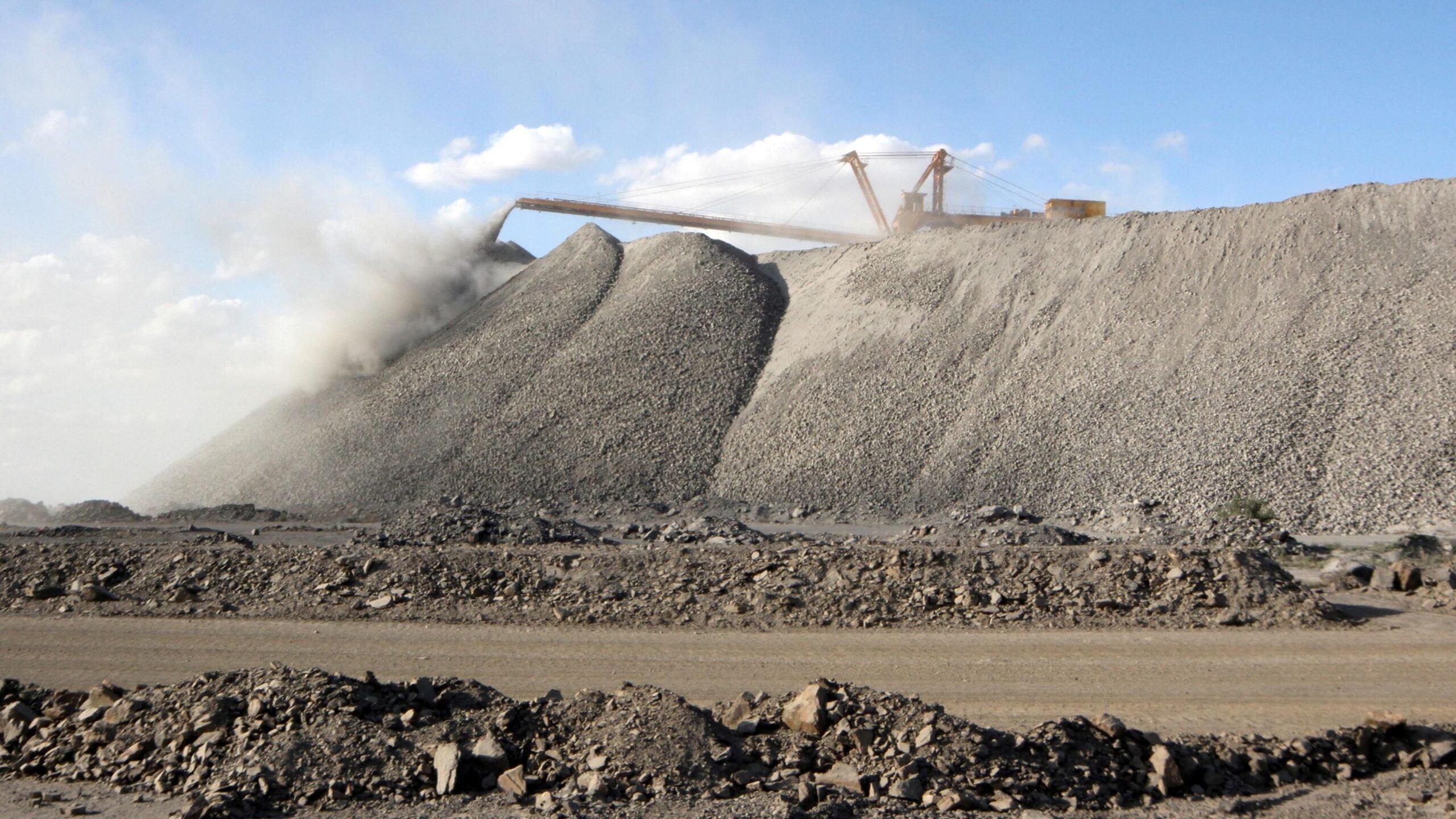State-owned Oil and Natural Gas Corporation will have mini-liquefied natural gas plants to evacuate the natural gas from wells located in areas not connected to the pipeline. The move is meant to exploit the stranded gas resources that will boost domestic supplies and meet regional demand.
The company has shortlisted five sites in Andhra Pradesh, Jharkhand, and Gujarat to set up the mini plants. They will accept the gas coming out of underground wells and convert it into liquid natural gas by supercooling it to minus 160 degrees Celsius. As soon as liquefied, this liquid gas would be transported to the nearest pipeline, where it would be reconverted into its gaseous state and injected into the pipeline network for distribution to consumers like power plants, units of fertiliser production, and retailers selling gas in a city.
ONGC has tendered for manufacturers to participate in this scheme. It has identified mini-LNG locations at two places in Rajahmundry, Andhra Pradesh, one in Ankleshwar, Gujarat; Bokaro, Jharkhand; and Cambay, Gujarat. In the tender document, ONGC revealed that although in India there exist extensive networks of pipelines connecting supply and demand centers, a large volume of stranded gas remains unutilized.
This non-connected gas assumes prime importance for increasing home-grown supplies and meeting the needs of nearby demand centers. Volumes of stranded gas are estimated to be between 5,000 and 50,000 standard cubic meters per day and have a production potential to be up to five years. It invites bids for manufacturers and service providers to “set up a small-scale LNG plant on a BOO (build, own, and operate) basis to produce LNG, transport the produced LNG by cascades/tankers to consumption sites located within a distance of approximately 250 kilometers, depressurize/re-gasify the LNG, and then inject the gas into existing gas distribution grids or supply it directly to bulk consumers.” At present India produces more than 90 million standard cubic meters of natural gas per day.
It is consumed in power generation, fertilizers, compressed natural gas for vehicles, and in various domestic kitchens. Domestic production meets only half of the national demand. This is one of the most significant investment involvements that ONGC, India’s biggest producer of crude oil and natural gas, has made to increase output and reduce import dependence.
Before this tender, ONGC had joined hands with the country’s largest fuel retailer, Indian Oil Corporation Ltd (IOC), to form a joint project for setting up a small-scale LNG plant near the Hatta gas field in Vindhyan Basin, Madhya Pradesh.
Hatta gas field is located in the Batiyagarh tehsil of Damoh district. It is about 45 km from Damoh town. The LNG capacity of the initial part of the plant is planned to be 32–35 tonnes, with a capacity of 45,000 standard cubic meters of gas sourced from the Hatta field. Under the joint venture, IOC will be undertaking a full-scaled feasibility study and bear the costs of the small LNG plant. ONGC will supply gas to IOC. IOC will operate and maintain the LNG plant and will distribute the gas from the said plant to the consumers.
The state-owned gas utility GAIL (India) Ltd had, earlier in March, announced plans to set up a small-scale LNG plant at its Vijaipur LPG unit in the Madhya Pradesh region. This means that the company operates over 100 wells across the country on insufficient volumes of gas to warrant laying pipelines. Currently, such gas is either stranded or flared. Small LNG plants will tap into the immensely valuable resource of gas, further strengthening domestic production.











